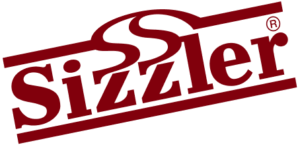The rise, fall and fiery rebirth of California’s ultimate steakhouse chain
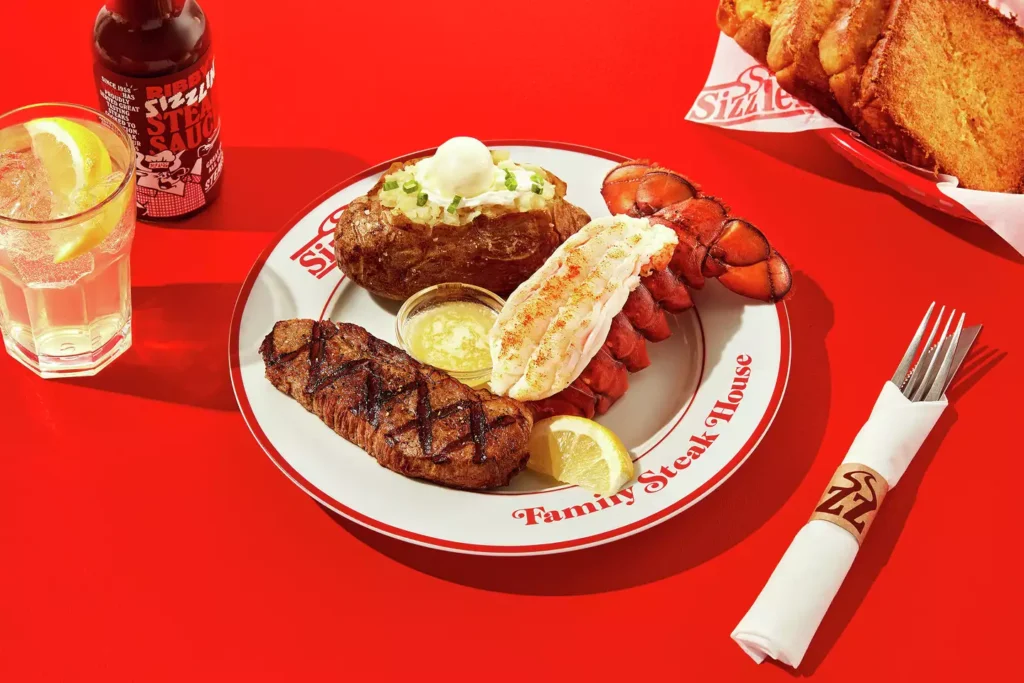
65 years ago Sizzler changed the way America eats. So what’s next?
America has no shortage of chain steak places. But long before countless locations of Outback Steakhouse and the Capital Grille were sprinkled across the country like flaky salt on a rib-eye, one rare destination — founded in Los Angeles — changed everything.
Originally opened by Del and Helen Johnson in Culver City in 1958, iconic steakhouse Sizzler (then called Sizzler Family Restaurant) has become one of the most recognizable steak restaurants in the country, blending affordability with ease in a way few other restaurants have done over the decades.
Now, more than 65 years since its first family-focused location, Sizzler is back — or about to be. Despite its ups and downs, the chain (known for its cheese toast, sprawling salad bar and affordable steaks) is remodeling locations, switching up its menu and even reintroducing a classic mascot.
With a little luck, spurred on by a changing economic climate, the Southern California-based company believes it could get one more chance to sizzle.
It all started in LA
The post-World War II dining landscape around Southern California was unlike anything the world had ever seen. The Southland was a boomtown of ideas, leading to dozens of chain restaurants we still know today. McDonald’s — and later In-N-Out, with its two-way speaker box — revolutionized America’s fast food industry, and classic sit-down restaurants offered a respite from the drudgery of cooking at home, but those nights out came at a real cost.
Sizzler’s plan, according to current company president Chris Perkins, was to home in on the missing middle between the two, offering a lower price point and unique service style to customers in Los Angeles.
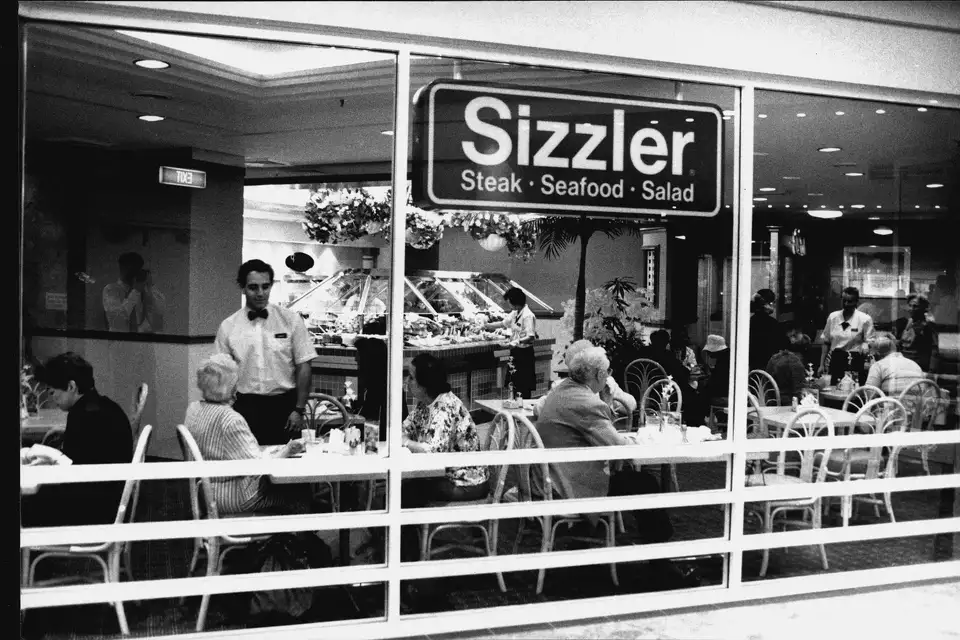
“Del Johnson realized that you could have a McDonald’s burger or go to a diner or a full-service dinner. There wasn’t something in the middle at a lower price, where you order at the counter, then have the food brought to your table,” Perkins tells SFGATE.
He adds: “Johnson was the godfather of fast-casual restaurants that exist today. Because of that model, the restaurant was able to keep its prices low.”
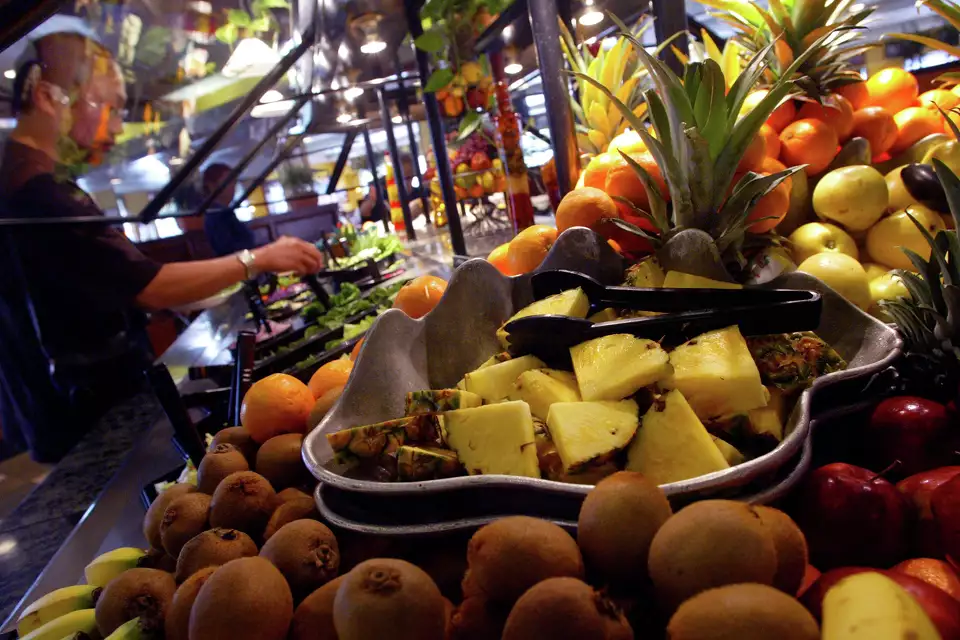
In its early years, the restaurant spread like wildfire: By 1961, Sizzler had opened 12 more locations, expanding to more than 100 only four years later. The introduction of the salad bar came in the late 1970s, and the early ‘90s brought a now-infamous rebrand to become a buffet-style restaurant. The move proved to be disastrous for the company.
With a few bankruptcy filings along the way, including one in 2020, the chain’s numbers dwindled from a one-time high point of more than 270 locations to its current 77 outposts, mostly based in the American West. Now, Sizzler is doubling down on its roots and updating its restaurants in an attempt to appeal to today’s diner.
An era of new growth
Surprising as it may seem to those who have followed the company over the decades, Sizzler may be primed for new growth. Last year, for its 65th anniversary, the company released a new commercial spot starring “Full House” actress Jodie Sweetin, a throwback to an ad she’d filmed as a child in 1987. “It’s still as good as ever,” Sweetin says of the chain. Then, some deadpan, straight-to-camera comedy: “Sizzler is many things, but most importantly, still open.”
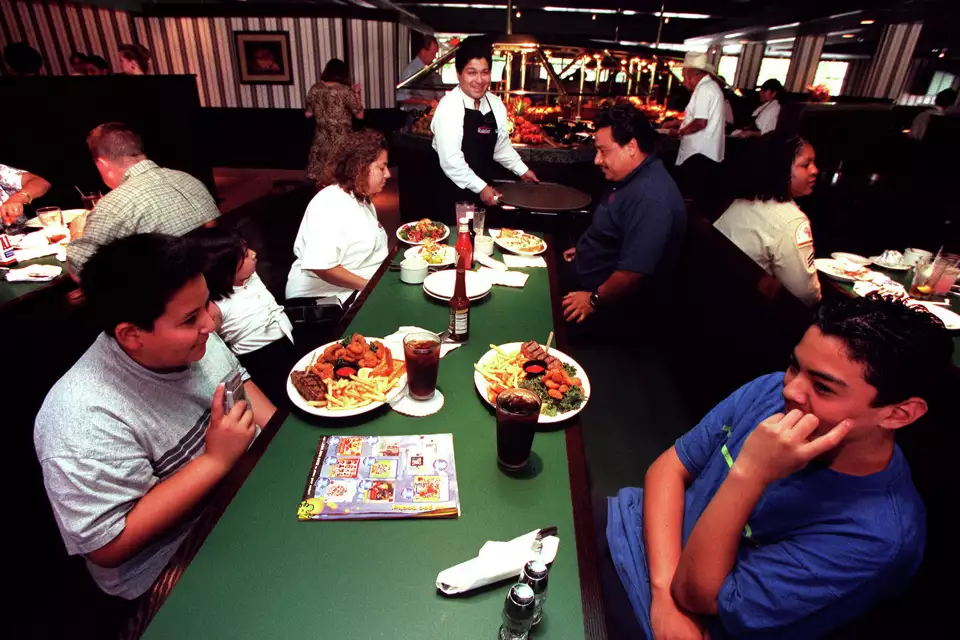
Another blast from the past that will roll out this year is Sizzler mascot Ribby the Rib-eye, a cartoon steer wearing a chef’s hat and proudly holding up a piece of cheese toast. Ribby is set to roll out as part of a marketing campaign later this year.
“Ribby goes all the way back to the 1960s,” Perkins says. “We rediscovered him when we were combing through Sizzler’s archives to determine what makes the restaurant a source of joy.”
And more changes are on the way: The chain is slowly remodeling its restaurants, most of which are in California. A big focus will be the restaurant’s iconic salad bar, slated to grow to include a beverage bar, cold salads, hot appetizers like all-you-can-eat wings and an expanded dessert bar with new toppings.
One thing won’t change, though: the steaks. Sizzler serves more than 725,000 steaks a year, and Perkins says that they’ll continue to cut the steaks in-house, despite rising costs. Diners can still snag a steak solo with mashed potatoes and in popular combos with North Atlantic lobster and the like. The steak-and-lobster platter will only set you back around $30 — a bargain considering today’s steep dining prices.
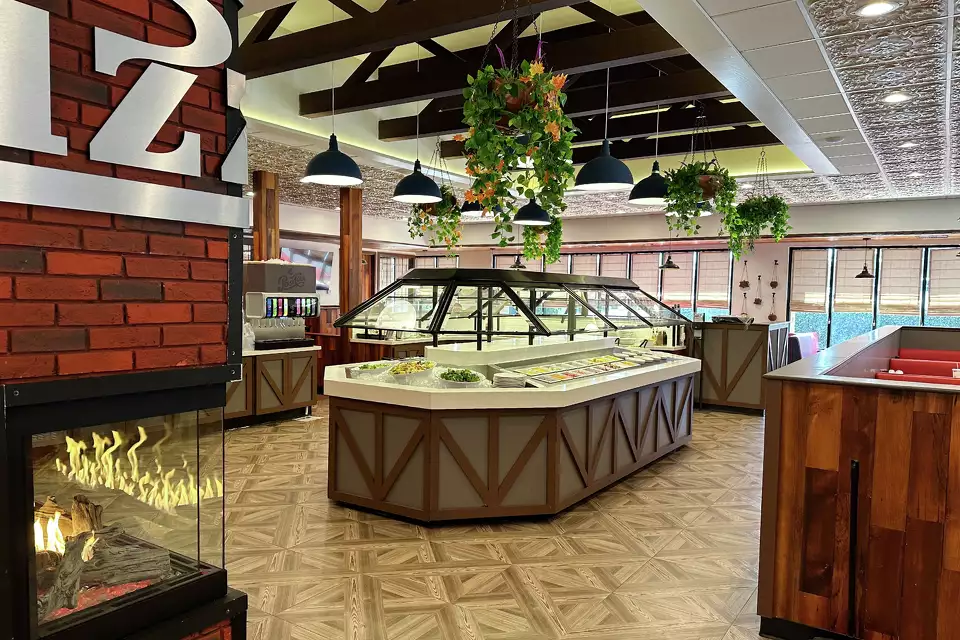
With California diners balking at inflation and the rising cost of eating out, it’s safe to assume that a place like Sizzler — which boasts a heavy nostalgia factor for customers who grew up eating there as well — could earnestly find a renewed relevance with a large swath of new consumers. Others have also found success with the model, from Pioneer Chicken to the reborn Naugles fast food franchise out of Orange County. And the chain continues to stay true to its roots.
“I always say you grew up in Southern California, two things are true: You avoid the 405,” Perkins says. “And you grew up eating at Sizzler. Southern California and Los Angeles are still the beating heart for our brand.”
